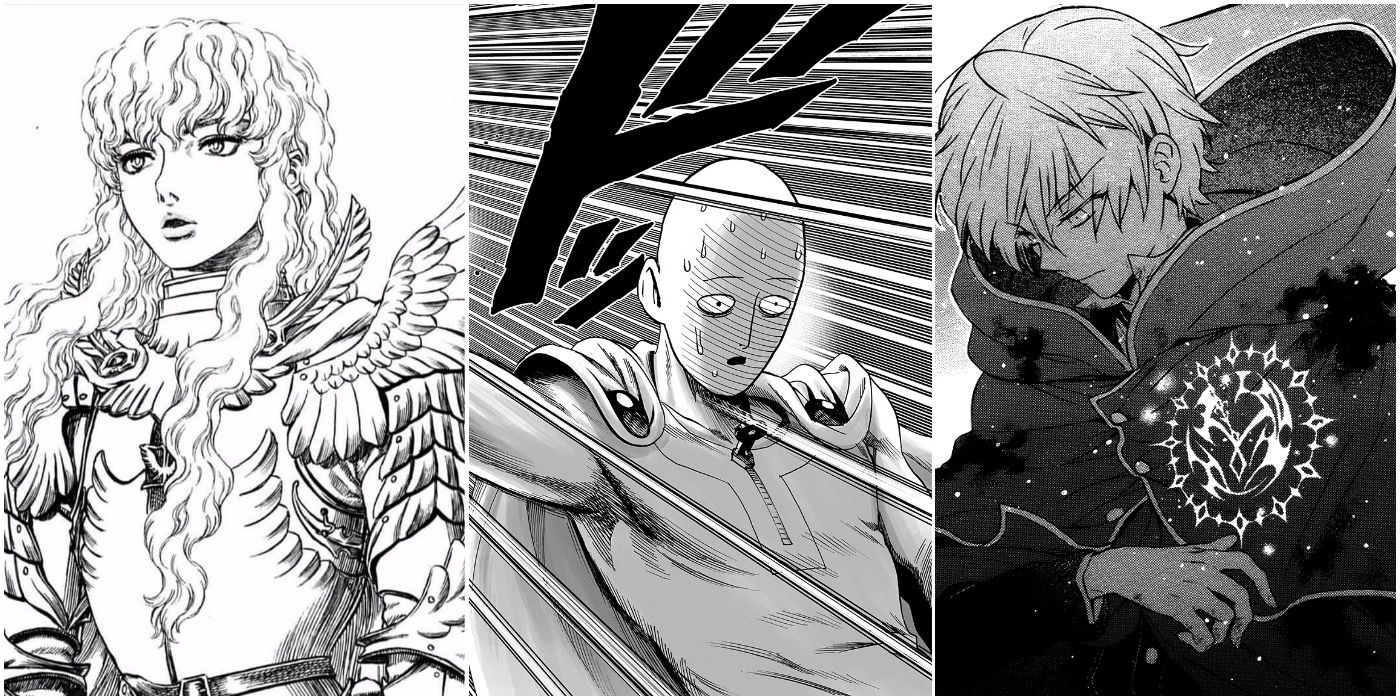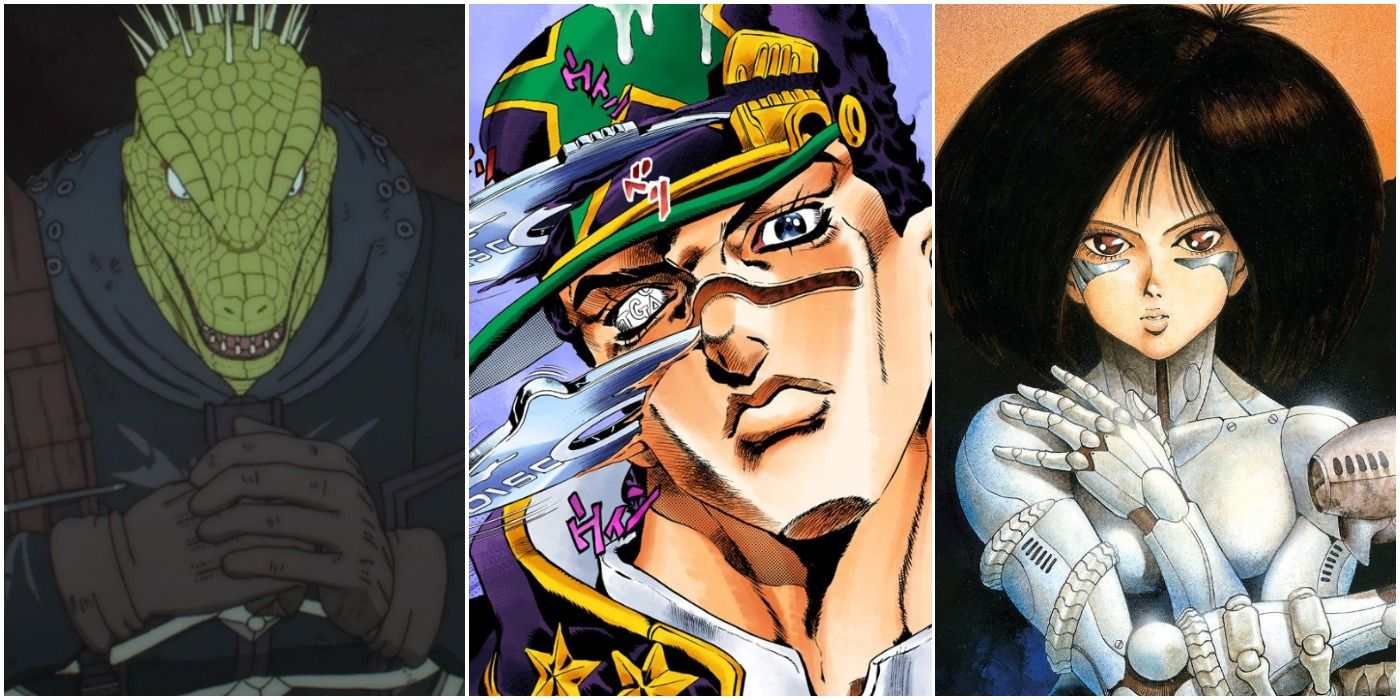Manga style art? Yo, it’s way more than just cute anime eyes and crazy hair! We’re diving deep into the world of dynamic lines, killer shading, and characters that totally pop. From the classic shonen action to the softer shojo romance, we’re breaking down the styles, techniques, and the whole shebang. Get ready to level up your art game!
This guide covers everything from mastering the perfect manga eye to designing characters with killer personalities. We’ll explore the history, the evolution, and the massive influence manga art has on the world today. Think animation, comics, video games – manga’s everywhere! We’ll even show you how to create your own manga masterpiece, step by step. So grab your pencils, people, it’s time to get creative!
Manga Style Art: A Deep Dive
Yo, what’s up, art peeps! Let’s dive headfirst into the awesome world of manga style art. This ain’t your grandma’s watercolor; we’re talking dynamic lines, expressive characters, and a style that’s taken over the globe. Get ready to level up your art game!
Defining Manga Style Art
Manga art is all about that signature style – think bold lines, expressive eyes, and characters with unique personalities bursting off the page. Linework is key; it’s clean, crisp, and often uses varying thicknesses to create depth and emphasis. Shading techniques range from simple cel-shading to more complex gradients and textures, adding dimension and mood. Character design is where the magic truly happens – exaggerated features, dynamic poses, and outfits that scream personality.
Manga Subgenres and Their Visual Styles
Different manga genres have their own distinct visual styles. Here’s a breakdown:
| Subgenre | Linework | Shading | Character Design |
|---|---|---|---|
| Shonen (boys) | Bold, thick lines; action-oriented | Often cel-shading with strong contrasts; dramatic lighting | Muscular, dynamic poses; often idealized features |
| Shojo (girls) | Thinner, more delicate lines; often detailed | Subtle shading; emphasis on soft light and shadow | Elegant, graceful poses; expressive eyes; often idealized features |
| Seinen (young men) | Varied line weights; detailed and realistic | More complex shading techniques; realistic lighting | Realistic proportions; often more mature and complex designs |
| Josei (young women) | Similar to seinen in detail, but often more stylized | Subtle shading with focus on atmosphere; realistic or stylized lighting | Realistic or stylized designs; emphasis on emotional expression |
Evolution of Manga Art Styles
Manga art has evolved massively. Early manga was influenced by Western comics, but it quickly developed its own unique style. The post-war era saw a boom in manga, with artists experimenting with different techniques and styles. The influence of anime and digital tools has further shaped the style, leading to increasingly detailed and dynamic artwork.
Artistic Techniques in Manga Style Art
Inking and coloring are crucial. Inking involves creating clean, precise lines, often using dip pens or digital tools. Coloring can range from simple flat colors to complex gradients and textures, using both traditional and digital methods. Perspective and composition are used to create dynamic and engaging scenes. Different brush strokes and line weights add depth and emotion.
Check love and roll manga to inspect complete evaluations and testimonials from users.
Drawing a Manga Eye: A Step-by-Step Guide, Manga style art
- Start with a basic almond shape.
- Add a smaller circle inside for the iris.
- Draw a smaller circle within the iris for the pupil.
- Add highlights to the iris and pupil.
- Add eyelashes – long and dramatic for a more expressive look.
- Add subtle shading to create depth and dimension.
Character Design in Manga Style Art
Let’s design some characters!
- Character 1: The Stoic Samurai – Tall, lean build, sharp features, intense gaze, typically wears traditional samurai attire. His stoicism is reflected in his calm expression and controlled movements.
- Character 2: The Energetic Pop Star – Bright, colorful clothing, big expressive eyes, dynamic pose, usually seen in vibrant settings. Her energetic personality is showcased through her animated expressions and pose.
- Character 3: The Mysterious Detective – Sharp, angular features, dark clothing, a thoughtful expression, and often seen in dimly lit settings. Her mysterious aura is reflected in her attire and expression.
Influence and Applications of Manga Style Art

Manga’s influence is HUGE! It’s impacted animation, comics, and video games globally. Think of the influence on anime, Western comics adopting manga elements, and countless video games featuring characters and styles directly inspired by manga. Commercially, manga art is everywhere – from advertising to merchandise. Its global spread is undeniable, with fans and artists worldwide.
Creating Manga Style Art: A Practical Guide
Let’s create a scene! Imagine a bustling city street at night. Rain is falling, reflecting the neon lights. Two characters, our samurai and pop star, unexpectedly meet at a busy street corner. The samurai stands quietly, observing the city, while the pop star is energetically chatting on her phone. The background uses perspective to show the depth of the city street, while atmospheric perspective softens the background buildings, drawing focus to the characters.
Their poses and expressions tell a story – a silent observation versus vibrant energy – a juxtaposition made visually interesting by the setting. Dynamic poses are created by exaggerated movements, emphasizing the contrast between the characters’ personalities.
So, there you have it – a total deep dive into the awesome world of manga style art. From understanding the core elements to mastering the techniques and creating your own characters, you’ve now got the tools to unleash your inner manga artist. Whether you’re aiming for action-packed shonen or heart-wrenching shojo, remember to experiment, have fun, and most importantly, let your creativity run wild.
Now go create some epic art!


